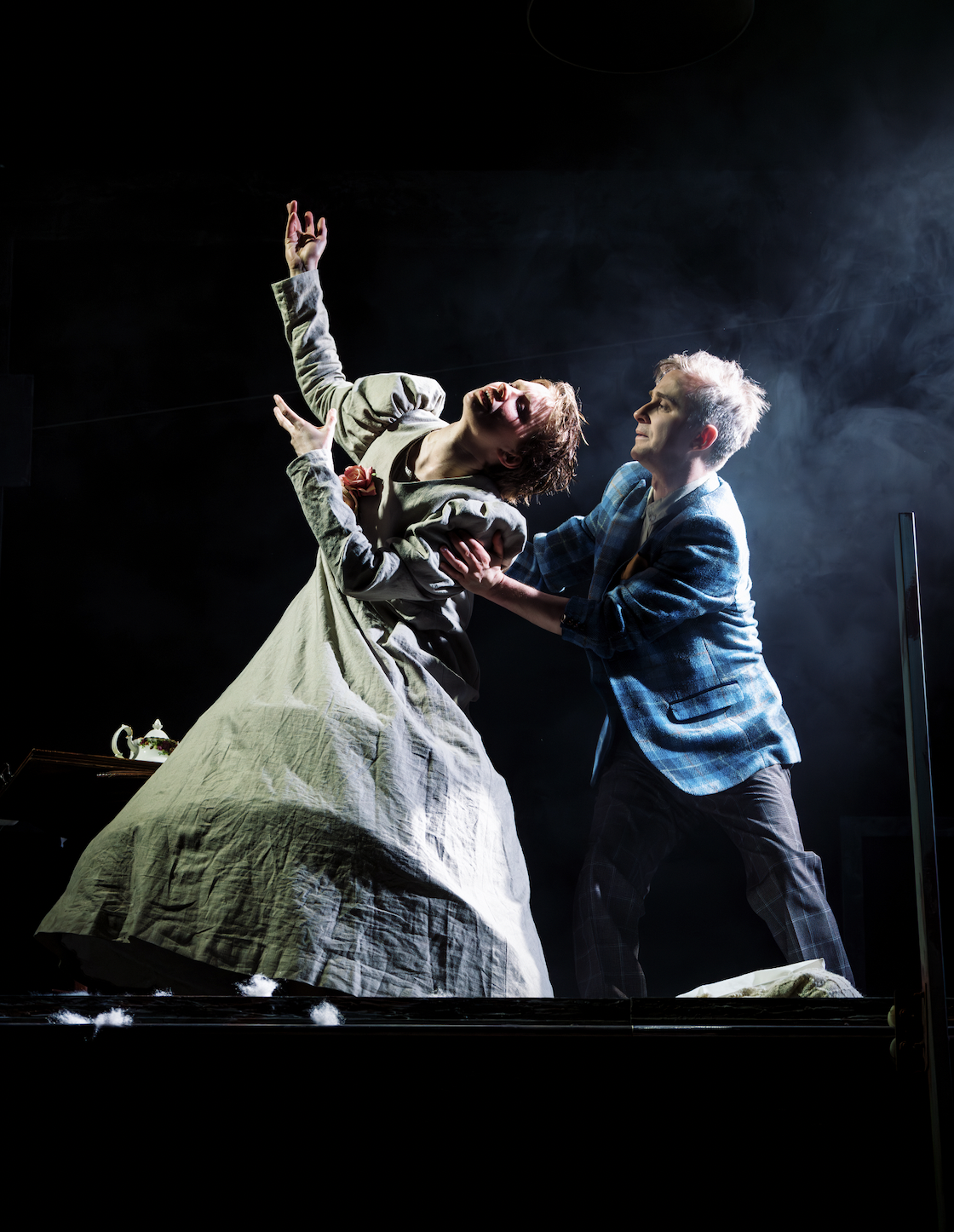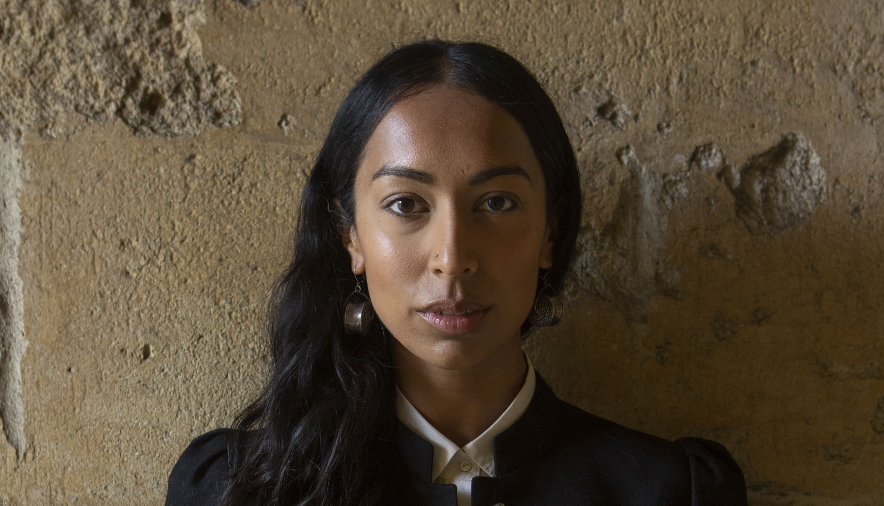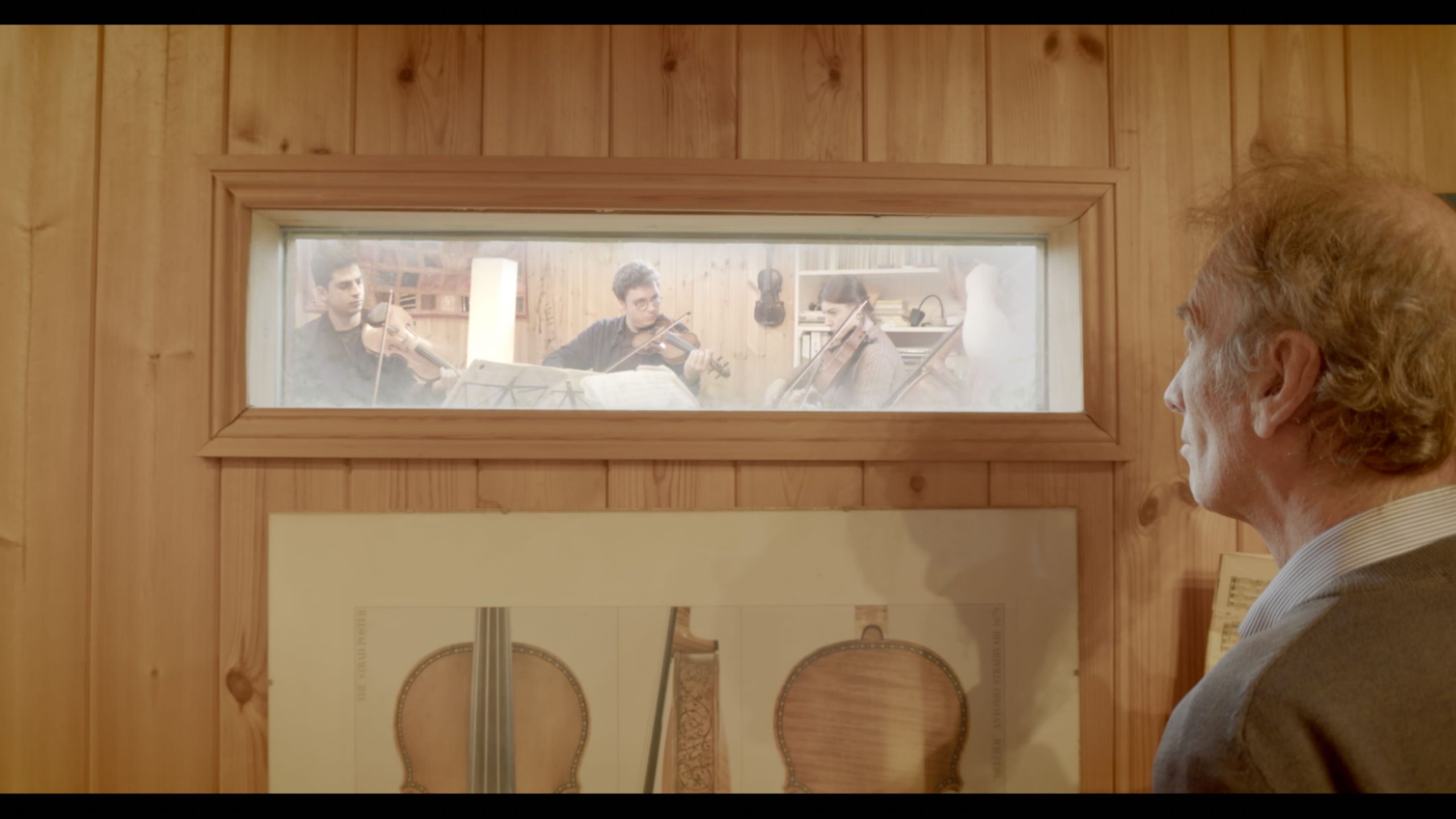
The Curse of Wuthering Heights: A case study into why adaptations flop, and why directors can’t stay away.
Wuthering Heights has an element of the reverse Midas touch, in the sense that almost every director who touches the book ends up tarnishing it. It has been dubbed ‘The Unfilmable’, but that hasn’t stopped people from trying. Over twenty screen adaptations of the novel exist, including a 200-episode Filipino series, a California-set MTV adaptation, and a 1966 Bollywood movie. But no director can do the book justice, and many have expressed regret at even trying. Andrea Arnold, the director of the most recent 2011 adaptation, has stated that “I don’t like that film. I think you’re allowed to not like your own film.” Peter Kosminsky, director of the 1992 version, has similarly concluded that his film is “not a good film in any way.” Why has Wuthering Heights proved impossible to adapt? And why can’t directors stay away from it? There is something undeniably purgatorial and hopelessly romantic about hordes of directors trying – and ultimately failing – to tame this unruly novel into screenplay format. It’s almost as though Emily Brontë did not want us to be able to digest the story from a comfy seat, with popcorn or glass of wine in hand. Glass of wine firmly in hand, I head over to the Oxford Playhouse’s staging of Wuthering Heights in order to analyse just what it is about this elusive and mysterious novel that renders any attempt to adapt it a fool’s errand.
Directed by Lucinka Eisler, the Oxford Playhouse production promises a departure from the sanitised and glamourised adaptations of past decades. Taking their lead from the 1939 film starring Merle Oberon and Sir Laurence Olivier, in which the savage romance between Catherine and Heathcliff is substituted by a backdrop of grand balls and flirtatious doe-eyed looks, many adaptations have ignored the grit and violence of the novel. Not the Oxford Playhouse production: the poster is a subversive reinterpretation of an eighteenth-century family portrait. The characters, dressed in their motley finery, are assembled as though taking part in a grotesque sitting: Catherine, played by Lua Bairstow, has a white feather in her boyish cropped hair, a nod to plucking the pillows at the height of her insanity; wearing the waistcoat, cravat, and knowing smirk of a paterfamilias, Edgar (Leander Deeny) also sports a blackened eye that undermines his composed demeanour; And Isabella (Nicole Sawyerr) cradles a cabbage swaddled in lace and cloths at her breast, as though it is a baby. This subversion of the Georgian family portrait has the domestic hearth morph into a sinister and threatening place; the home in Wuthering Heights becomes the nucleus of madness rather than a refuge from it.
So far, so promising. But we soon get to the nub of what makes Wuthering Heights so difficult to adapt. The first challenge is – how to keep track of the knotty (and often vaguely incestuous) family narrative? This problem isn’t helped by the fact that the same three names get recycled throughout the novel, in increasingly fantastical combinations (I still can’t believe that Linton Heathcliff is a real character name). The Oxford Playhouse production offers up a pragmatic answer: a family tree incorporated into the set helps the audience keep track of the gnarled family saga. But we soon run into the second challenge – what to do about the second half of the novel? Most productions, such as the 1939 one, do away with it altogether, judging that audiences won’t want to see the love between Heathcliff and Catherine curdling into vengeance. While the first half can be marketed as a high-flown love story, the second half is a vivisection of the burdens of carrying our suffering, and of how we scar subsequent generations with it. Directors have judged that it makes for uncomfortable viewing, particularly if they want to sell Heathcliff as a hero of romance, because Heathcliff in the second half becomes an unredeemable tyrant. To date, only two films have concerned themselves with the second half, but in doing away with it, we lose much of the substance of the novel. The Oxford Playhouse production retains the second half, but it feels anaemic compared to the first, clocking under a third of the total runtime. Some elements border on the slapstick: Linton’s death is announced by him ripping his own picture off his family tree, in expedient fashion. It seems rushed, maintained mainly for the purpose of tying up loose ends in the narrative, and leaving the audience satisfied.
That’s not to say that the production doesn’t take some risks. Perhaps the most unique aspect of the Oxford Playhouse production is its spotlight on Nelly Dean. Played by Giulia Innocenti, Nelly finally leaves the narrative periphery behind, becoming something of a main character herself. She remains narrator – the curtains open on her looking Hetty Feather-esque in white cap and starched apron as an incorporeal, Count Dracula-like voice whistles through the speakers: “Come on Nelly, tell the story.” But she also becomes a flesh and blood woman in her own right, not just a narrative device. Hindley is her bashful suitor, singing her love songs. The play also encourages us to view her as a mother. In a poignant scene, the children she has helped to bring up – Catherine, Heathcliff, Linton, Hareton, and young Cathy – come back to haunt her for her failures as a mother figure. It’s an interesting spotlight on Nelly, but it’s taken too far and becomes bathetic. By the end, Nelly descends into a sort of madness, threatening to avenge young Cathy with a carving knife. She also decides against attempting suicide because “These vegetables aren’t going to chop themselves”, so she lowers the carving knife from her throat and puts it to better use. It feels as though the production is trying to eke an unwilling Nelly from the narrative shadows and force her into the robes, sceptres, and knives of a main character.
Over the course of the story, Nelly ages from fourteen to forty-five, and Heathcliff from seven to thirty-seven. This ageing process is easier to demonstrate on the page than on the stage, and all adaptations must grapple with the challenge of how best to convey it. The Oxford Playhouse production has actors playing both child and adult versions of themselves. This results in the slightly discomforting experience of watching adults who fill out their tax returns playing eighteenth-century children. There are the usual swinging legs, theatrical ‘pssssst’s, and even a bizarre scene where child Heathcliff and Catherine scream “fuck you!” at the audience to remind us of their anarchist credentials. The upside of watching characters pass from childhood to adulthood means that we are privy to their psychological development. Hindley, for example, is humanised: depicted as a tyrant in the 1939 film, the Oxford Playhouse production presents him as a victim of his father’s neglect. Played masterfully by John Askew, Hindley is a better Heathcliff than Heathcliff himself, leaning into the whole damned to perdition trope. On the other hand, Heathcliff, played by Ike Bennett, falls short of being both great lover and doomed anti-hero. “Do I give you a funny feeling in your tummy?” he asks Isabella. This sounds more teenage boy than a romantic villain, and I fervently hope that it was intended satire. The only nod to him reaching maturity is that he starts wearing a top hat and, fur collar, and carrying a walking stick, looking more Victorian pimp than Byronic hero. When it comes to depicting the second generation of characters, the same actors get recycled (the play only has a cast of six). This works surprisingly well, as it highlights the familial continuity, the claustrophobic surroundings, and the not-insignificant amount of cousinly interbreeding that takes place in Wuthering Heights.
The Oxford Playhouse production sticks relatively close to Brontë’s story. The only notable modifications are the fact that some secondary characters, such as Joseph and Lockwood, have been cut out. (Lockwood’s absence does however beg the question of who Nelly is narrating to, and what the purpose of her story is – questions that the production does not answer.) Faithfulness to the original is not necessarily the mark of a great production. One of the best adaptations of Wuthering Heights is Yoshishige Yoshida’s 1988 film, Arashi ga oka. This film transplants the story from Georgian England to medieval Japan. The Yorkshire moors and mists are swapped out in favour of the foggy slopes of a volcano. This film is one of the few to not shy away from the bloodiness and violence of Wuthering Heights. It takes (in my opinion, judicious) liberties with the book, having the character of Isabella kill herself before she gives birth to Heathcliff’s son, which shifts the focus of the second half from a love triangle between Linton, Cathy, and Hareton to a close focus on Heathcliff’s psychological cruelty and revenge. Yoshida’s adaptation embodies the spirit, if not the details, of Brontë’s novel. I am not a purist, and I firmly believe that capturing the mood of a story is more important than closely reproducing its details. The Oxford Playhouse production does not, unlike many film adaptations, attempt to sanitise the novel. Instead, it glories in its violence, anarchy, and topsy-turvyness. Did it do justice to the book? Not really – what Brontë deftly demonstrates, this show explicitly clamours. The story’s tragedies often felt more bathetic than pathetic. But Lucinka Eisler’s production attempts to preserve the narrative authenticity and anarchic spirit of the Brontë novel, while fleshing out characters such as Nelly Dean. One can only hope that it will embolden coming directors to push the text in unexplored directions. After all, who can resist the pull of Wuthering Heights? Like Catherine’s ghost, this novel continues to haunt directors with its rich characterisation and narrative possibility. Perhaps one of them will come along and break the curse.
Wuthering Heights, directed by Lucinka Eisler, is showing at the Oxford Playhouse, 11-14 May 2023.
Words by Irina Husti-Radulet.
Photography by Alex Brenner.







